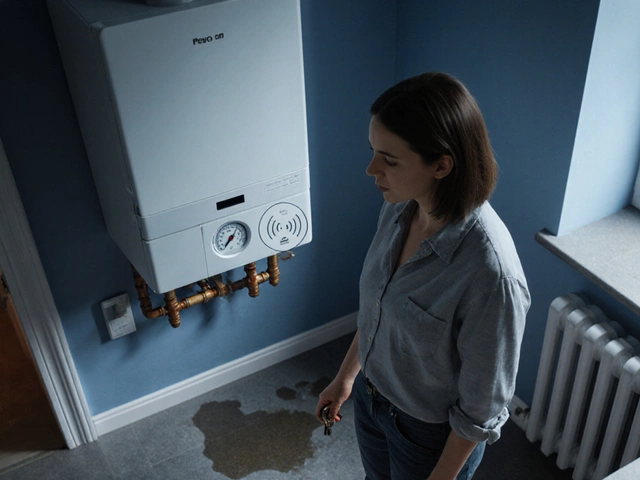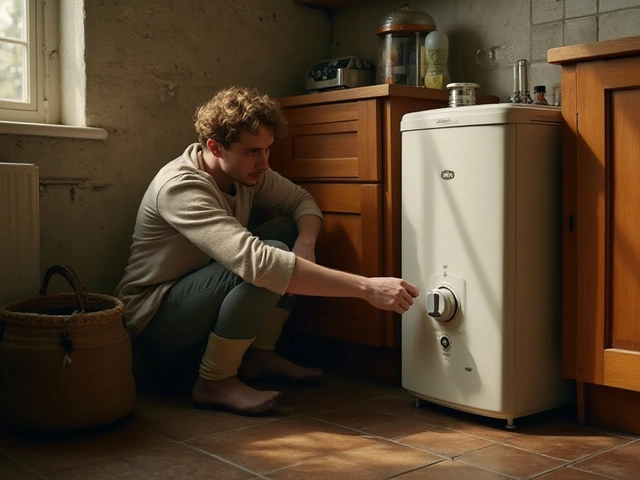Extractor Fan Service & Repair – What You Need to Know
If you’ve ever walked into a steamy kitchen or a mouldy bathroom, you know how important a good extractor fan is. It pulls out moisture, odors, and stale air, keeping your home comfortable and safe. But like any appliance, fans wear out. Ignoring the signs can lead to higher energy bills, mould growth, and a fan that finally quits. This guide shows you the basics of servicing, quick DIY fixes, and when it’s smarter to call a pro.
Why Regular Servicing Matters
Most people think a fan works forever because it runs silently in the background. In reality, the motor, blades, and housing collect dust, grease, and lint. Over time these build‑ups reduce airflow, make the motor work harder, and can even cause it to overheat. A simple 15‑minute clean‑up once a year can restore up to 30 % of the original flow rate.
During a service you’ll usually:
- Remove the cover and wipe the blades with a damp cloth.
- Check the motor bolts for looseness and tighten them.
- Lubricate any moving parts if the manufacturer recommends it.
- Inspect the wiring for signs of wear or heat damage.
Doing this yourself saves you the call‑out fee and helps you spot problems before they become expensive repairs. If you notice a humming sound, flickering lights, or weaker suction, it’s a cue that the fan needs attention.
DIY Fixes and When to Call a Pro
Some issues are easy fixes. A clogged filter or a blocked vent can be cleared with a vacuum and a brush. If the fan won’t turn on, first make sure the circuit breaker isn’t tripped and the switch works. Next, check the plug and wiring for loose connections – a quick tighten often restores power.
When the motor itself is the problem, things get trickier. Motors can seize, lose bearings, or develop burned windings. Replacing a motor involves removing the fan housing, disconnecting the wires, and fitting a new motor with the correct voltage and size. If you’re comfortable with basic tools and follow safety steps, you can do it, but many homeowners prefer to let a qualified electrician handle the electrical side.
Why call an electrician? Extractor fans are usually wired to a switched live circuit. Working on live wires without proper training can cause shocks or fire hazards. An electrician will also test the fan’s current draw to ensure the new motor matches the circuit’s rating. They can spot hidden damage, like cracked conduit, that you might miss.
Here’s a quick rule of thumb: if the fix requires you to open the wiring box, replace the motor, or you smell burnt insulation, call a pro. For simpler tasks – cleaning, tightening screws, checking the switch – you can handle them yourself.
Keeping a spare fan motor on hand can also save you time. Many kitchen and bathroom fans use standard 120‑V or 230‑V motors that are readily available at hardware stores. Just make sure the replacement matches the fan’s size and airflow rating.
In short, regular servicing keeps your fan efficient, DIY cleaning tackles the easy stuff, and calling an electrician protects you from risky electrical work. Follow these steps and you’ll enjoy a dry, fresh kitchen and bathroom without the surprise of a silent, broken fan.












